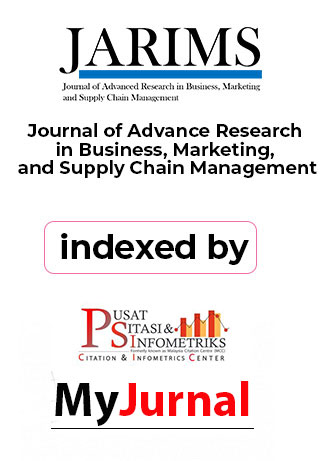Khor Saw Chin1 , Oh Yit Leng2 , Peter A/L Yacob3
1 Faculty of Business and Finance, Universiti Tunku Abdul Rahman (This email address is being protected from spambots. You need JavaScript enabled to view it.)
2 Faculty of Business, Multimedia University (This email address is being protected from spambots. You need JavaScript enabled to view it.)
3 Faculty of Business and Finance, Universiti Tunku Abdul Rahman (This email address is being protected from spambots. You need JavaScript enabled to view it.)
ABSTRACT
E-haling service is one of the emerging businesses that grow rapidly in Malaysia. In that context, even though e-haling services are becoming more common in Malaysia, the usage rate of e-hailing services among generation X is relatively low. Compared to the baby boomers generation, generation X are more educated and have a higher disposable income. This study aims to examine the determinants of the intention to use e-hailing applications by proposing a framework grounded from several theories. In technological acceptance and behaviour paradigm, this study raises several issues that are the possibility of Technological Acceptance Model (TAM) and Theory of Planned Behavior (TPB) could be well-explained in the context of e-haling service. The proposed conceptual model is expected to contribute to an understanding for the scholar, policymakers, and practitioners on how generation X formulate their intention to use e-haling application. To the best of the authors' knowledge, limited studies have integrated TAM and TPB on the adoption of E-haling application among generation X. The focus of the level of specificity of constructs measured in this particular study setting adds a contribution to literature and having a more inclusive view in e-hailing service highlighting the conceptual value of this study.
Keyword: E-haling; E-hailing Application; Generation X; Technological Acceptance Model; Theory of Planned Behavior






